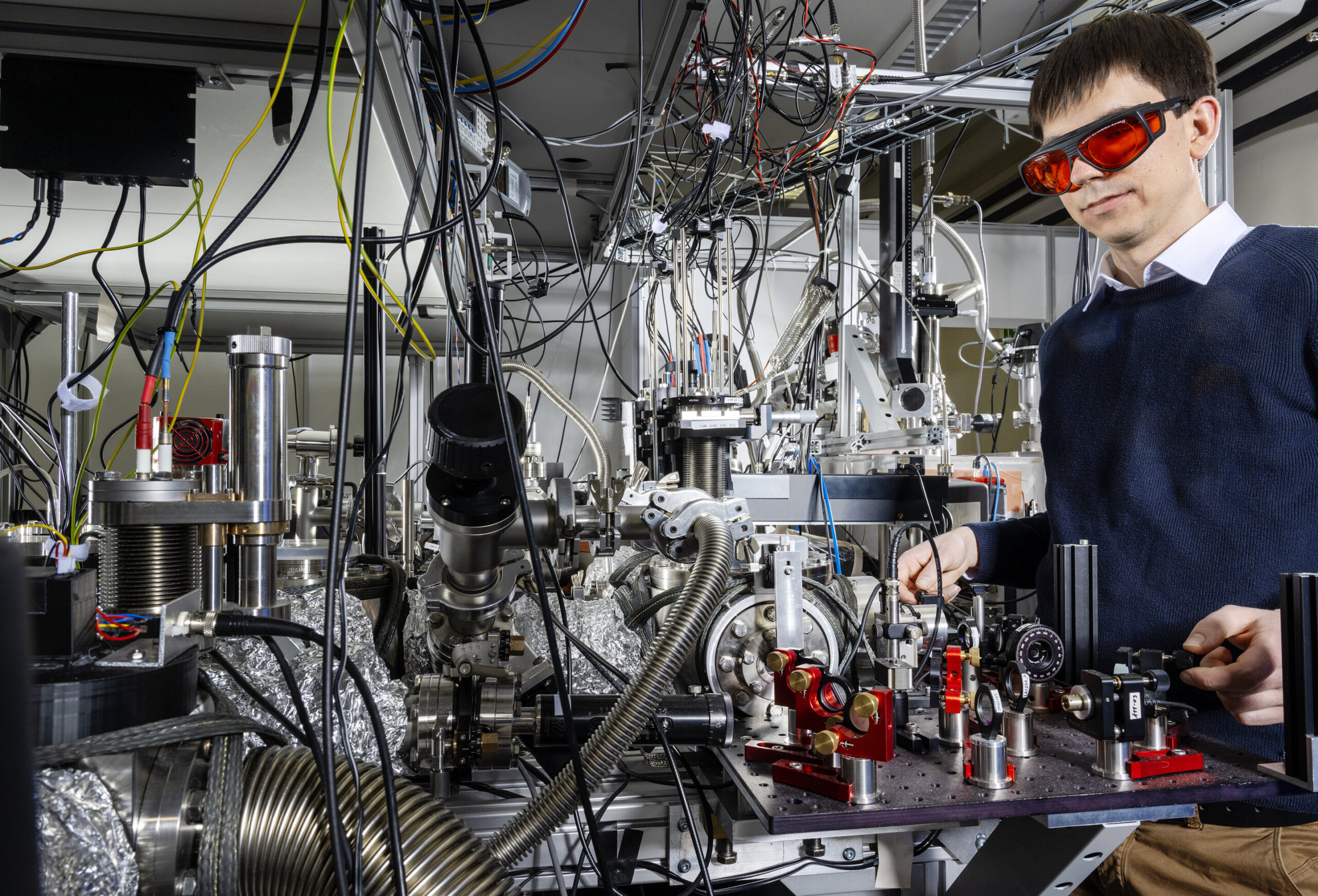Since the 1970s, there has been speculation about the potential for manipulating thorium-229, a unique atomic nucleus, using a laser, unlike other nuclei. This nucleus boasts two closely spaced energy levels, suggesting that a laser could induce a transition between them. However, direct evidence of this transition’s existence has been elusive due to the need for precise knowledge of its energy level.
Imagine trying to locate a small treasure chest on a kilometer-long island or finding a needle in a haystack—similarly challenging is hitting the correct energy level within a margin of one-millionth of an electron volt. Until now, this level of precision has been crucial for detecting the transition’s occurrence.
Led by Prof. Thorsten Schumm from TU Wien (Vienna), physicists have achieved a breakthrough in this quest. They have successfully pinpointed the energy level of the long-sought thorium transition with unprecedented precision. This milestone marks the convergence of nuclear physics and quantum physics, previously disparate fields.
In the realm of atomic and molecular manipulation with lasers, selecting precise wavelengths enables state changes, facilitating precise energy measurements. However, applying similar methods to atomic nuclei has been deemed challenging due to their greater energy requirements for state changes compared to atoms and molecules.
Prof. Thorsten Schumm explains, “Atomic nuclei typically demand a thousand times more energy to change states, rendering them seemingly resistant to laser manipulation.” Despite these challenges, thorium nuclei’s unique properties hold promise for groundbreaking technological applications.
In their pursuit, the team employed a novel technique—developing crystals incorporating large numbers of thorium atoms. This innovative approach allowed them to analyze individual thorium nuclei en masse, significantly amplifying the chances of identifying the energy transition.
After years of research, the team achieved a significant milestone on November 21, 2023, successfully inducing a distinct signal from the thorium nuclei—a testament to their tireless efforts. This breakthrough paves the way for precision measurements and opens doors to new avenues of research.
Prof. Schumm reflects on the journey, stating, “This is a dream come true for us.” Having dedicated years to the pursuit of the thorium transition, the team’s perseverance has paid off with this groundbreaking achievement. Looking ahead, this technology holds immense potential for applications such as atomic clocks, promising unparalleled accuracy beyond current standards.















































